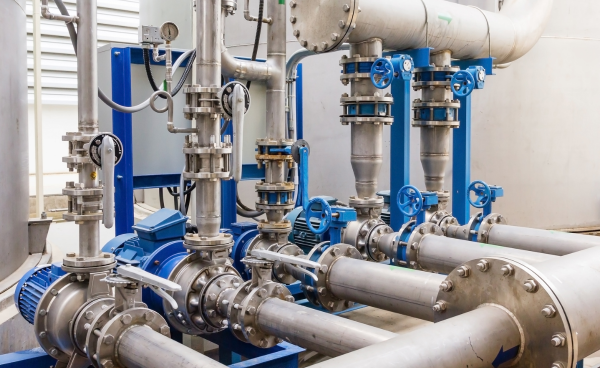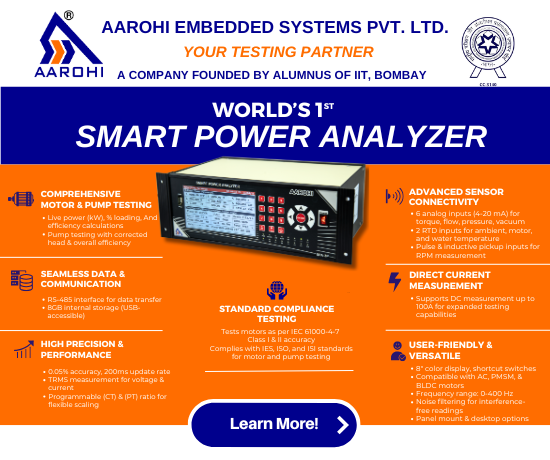Case Study: Achieving Stable Flow Measurements in a Submersible Pump Test Bench
Project Type: Internal R&D
Client: Aarohi Embedded Systems Pvt. Ltd.
Location: Rajkot, Gujarat, India
Overview
At Aarohi Embedded Systems Pvt. Ltd., innovation and precision are at the heart of our engineering practices. During the development of a submersible pump performance test bench in our internal R&D division, our team encountered an unexpected yet insightful challenge: unstable and erratic readings from a high-accuracy electromagnetic flowmeter—despite optimal electrical connections and sensor health.
This case study details our diagnostic journey, solution implementation, and key learnings that reinforce the importance of holistic system design in precision testing environments.
Test Bench Configuration
The objective of the test bench was to simulate real-world operating conditions for various sizes of submersible pumps, enabling accurate performance testing and data logging. The setup was as follows:
- Pump: Submersible pump submerged in a large underground water tank
- Discharge Line: 50 mm outlet connected to a 10-inch test manifold
- Test Inlet Options: Configurable inlets (25 mm, 32 mm, 40 mm, 50 mm, 65 mm, and 80 mm) for different pump models
- Common Outlet: A 65 mm line equipped with a DN65 electromagnetic flowmeter
- Water Recirculation: Open-loop return to the same underground tank
The Challenge: Unstable Flow Readings
Despite ideal electrical conditions and calibration, the electromagnetic flowmeter displayed random fluctuations in flow readings—even under steady pump operation. These erratic measurements made it impossible to log reliable performance data, directly impacting the accuracy and credibility of the testing process.
Interestingly, this same flowmeter had performed flawlessly in a previous closed-loop test system, pointing to hydraulic design as a potential source of the issue.
Root Cause Analysis
The engineering team conducted a step-by-step investigation, leading to the identification of multiple contributing factors:
- Open Discharge Configuration:
The test bench was operating with an open discharge return, meaning no downstream pressure was present. This lack of backpressure resulted in unstable flow characteristics, making it difficult for the flowmeter to detect a consistent velocity profile.
- Turbulent Flow Due to Lack of Straight Pipe:
For electromagnetic flowmeters to perform optimally, a certain length of straight pipe before and after the meter is essential. In this setup, swirling flows and inconsistent velocity profiles were created due to the absence of such conditioning.
- Mixing Flows from Multiple Inlets:
The 10-inch manifold received flow from various inlet sizes. This merging of different flow velocities generated internal vortices and swirling currents that passed through the flowmeter.
- Air Entrainment:
The open-loop system and turbulent flows allowed air bubbles to enter the line. These bubbles interfere with the electromagnetic field generated by the flowmeter, causing signal distortion and inconsistent readings.
The Solution: Introducing Controlled Backpressure
To stabilize flow and ensure proper functioning of the electromagnetic flowmeter, the team implemented a simple yet effective hydraulic modification:
- A control valve was installed immediately downstream of the DN65 electromagnetic flowmeter.
- The valve was partially closed to maintain a constant backpressure equivalent to 10 meters of water column.
This change dramatically altered the flow profile within the system. By introducing controlled resistance downstream, the water flow stabilized, and the following benefits were observed:
Post-Implementation Outcomes:
| Before Solution | After Solution |
| Flowmeter readings fluctuated unpredictably | Flowmeter output stabilized with consistent values |
| Test data was unreliable due to signal noise | 100% confidence in data logging and repeatability |
| Audible signs of flow turbulence and cavitation | Quiet, smooth, laminar water return to tank |
| Sensor signal distortion due to entrained air | Minimal air bubbles; clean EM signal processing |
Key Insight
“A precision sensor like an electromagnetic flowmeter is only as good as the hydraulic environment it operates in. Reliable readings demand more than accurate wiring—they require engineered flow stability.”
This case highlights that instrumentation and mechanical design must go hand-in-hand. The most sophisticated sensor technologies can underperform if the hydraulic setup does not support their operational prerequisites.
Conclusion
The implementation of a simple control valve transformed an unreliable test environment into a high-precision data acquisition system. The result was a robust test bench capable of generating accurate, repeatable data across a wide range of pump sizes—reinforcing Aarohi’s commitment to engineering excellence.
About Aarohi Embedded Systems Pvt. Ltd.
Aarohi is a premier provider of automated testing solutions for pumps and motors. With an in-house R&D team, field-ready automation panels, SCADA integration, and certified instrumentation systems, we empower our clients to conduct high-speed, real-time testing with unparalleled data reliability.
Whether for industrial R&D or quality control labs, Aarohi designs systems that turn complex testing challenges into simple, scalable solutions.
- Effect of Impeller Diameter on Flow, Head & Power
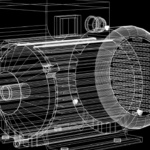 In pumps and turbomachinery, the impeller diameter is one of the most important factors affecting performance. The Affinity Laws explain…
In pumps and turbomachinery, the impeller diameter is one of the most important factors affecting performance. The Affinity Laws explain… - Case Study: Achieving Stable Flow Measurements in a Submersible Pump Test Bench
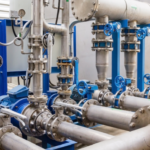 Project Type: Internal R&D Client: Aarohi Embedded Systems Pvt. Ltd. Location: Rajkot, Gujarat, India Overview At Aarohi Embedded Systems Pvt.…
Project Type: Internal R&D Client: Aarohi Embedded Systems Pvt. Ltd. Location: Rajkot, Gujarat, India Overview At Aarohi Embedded Systems Pvt.… - How do you troubleshoot 3 phase AC motor?
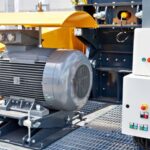 The table presented below provides a comprehensive insight into the frequently encountered issues that afflict 3-phase squirrel cage induction motors.…
The table presented below provides a comprehensive insight into the frequently encountered issues that afflict 3-phase squirrel cage induction motors.… - Types of losses in Induction Motor
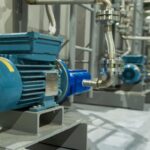 The losses in induction motor are broadly categorized into two classes, namely constant losses and variable losses. Variables losses appear…
The losses in induction motor are broadly categorized into two classes, namely constant losses and variable losses. Variables losses appear… - 5 Symptoms Of Failing Electric Motor Rotor
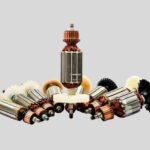 Motors are used everywhere in industrial environments and they are becoming increasingly complex and technical, sometimes making it a challenge…
Motors are used everywhere in industrial environments and they are becoming increasingly complex and technical, sometimes making it a challenge… - Comparison between servo motor vs induction motor
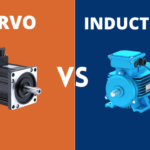 The Technological lines separating induction motors from servo motors are beginning blur at many point’s. An induction motor is an electric motor…
The Technological lines separating induction motors from servo motors are beginning blur at many point’s. An induction motor is an electric motor…

